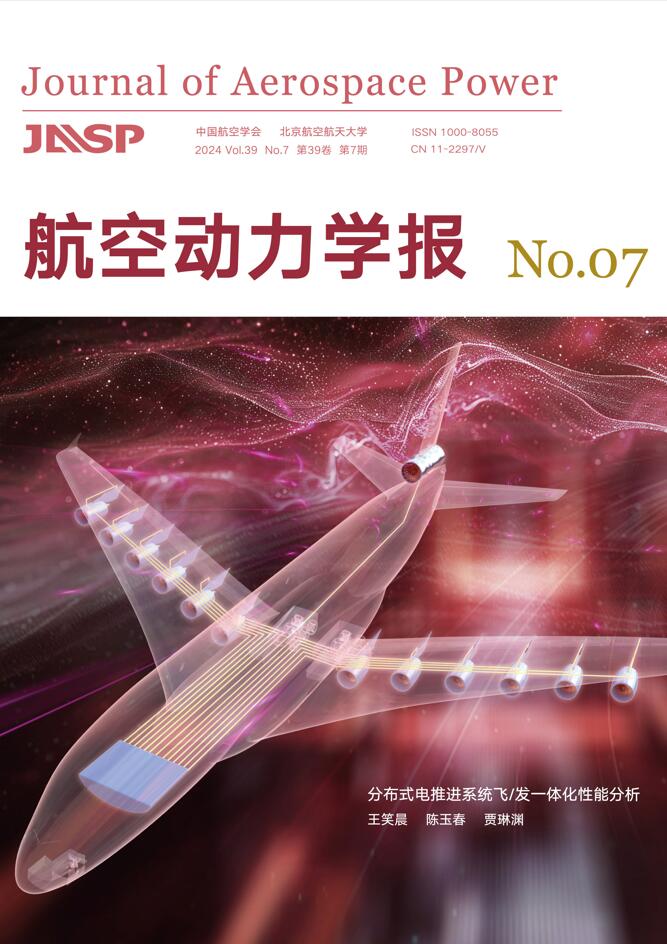2024 Vol. 39, No. 6
Display Method:
2024, 39(6): 20230666.
doi: 10.13224/j.cnki.jasp.20230666
Abstract:
2024, 39(6): 20210698.
doi: 10.13224/j.cnki.jasp.20210698
Abstract:
Analysis of mechanical properties of SiCp/Al composites based on three-dimensional random meso-model
2024, 39(6): 20210687.
doi: 10.13224/j.cnki.jasp.20210687
Abstract:
2024, 39(6): 20220415.
doi: 10.13224/j.cnki.jasp.20220415
Abstract:
2024, 39(6): 20220469.
doi: 10.13224/j.cnki.jasp.20220469
Abstract:
2024, 39(6): 20230423.
doi: 10.13224/j.cnki.jasp.20230423
Abstract:
2024, 39(6): 20210688.
doi: 10.13224/j.cnki.jasp.20210688
Abstract:
2024, 39(6): 20220388.
doi: 10.13224/j.cnki.jasp.20220388
Abstract:
2024, 39(6): 20210695.
doi: 10.13224/j.cnki.jasp.20210695
Abstract:
2024, 39(6): 20220404.
doi: 10.13224/j.cnki.jasp.20220404
Abstract:
2024, 39(6): 20230512.
doi: 10.13224/j.cnki.jasp.20230512
Abstract:
2024, 39(6): 20210697.
doi: 10.13224/j.cnki.jasp.20210697
Abstract:
2024, 39(6): 20220400.
doi: 10.13224/j.cnki.jasp.20220400
Abstract:
2024, 39(6): 20220405.
doi: 10.13224/j.cnki.jasp.20220405
Abstract:
2024, 39(6): 20220392.
doi: 10.13224/j.cnki.jasp.20220392
Abstract:
2024, 39(6): 20210694.
doi: 10.13224/j.cnki.jasp.20210694
Abstract:







